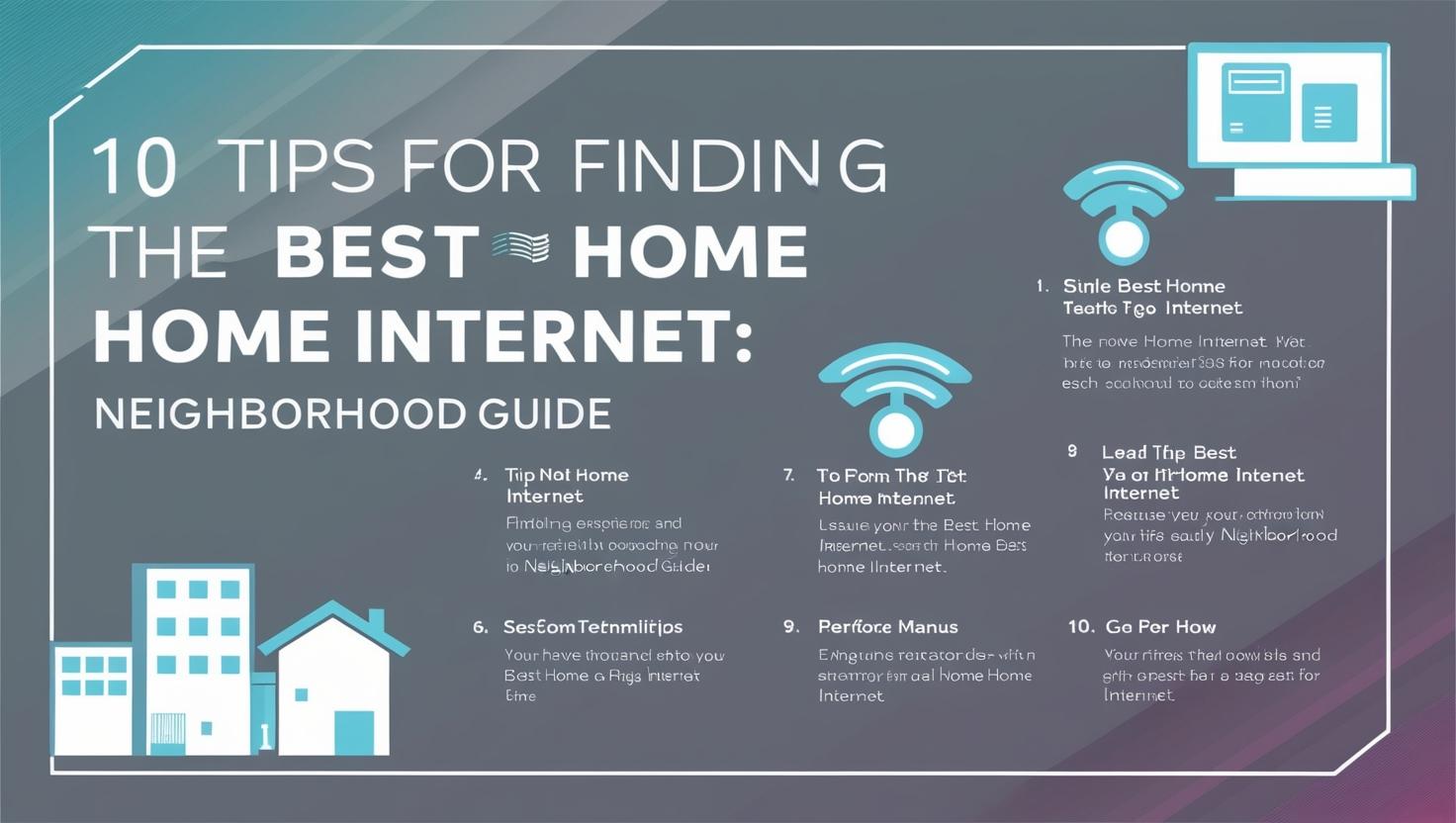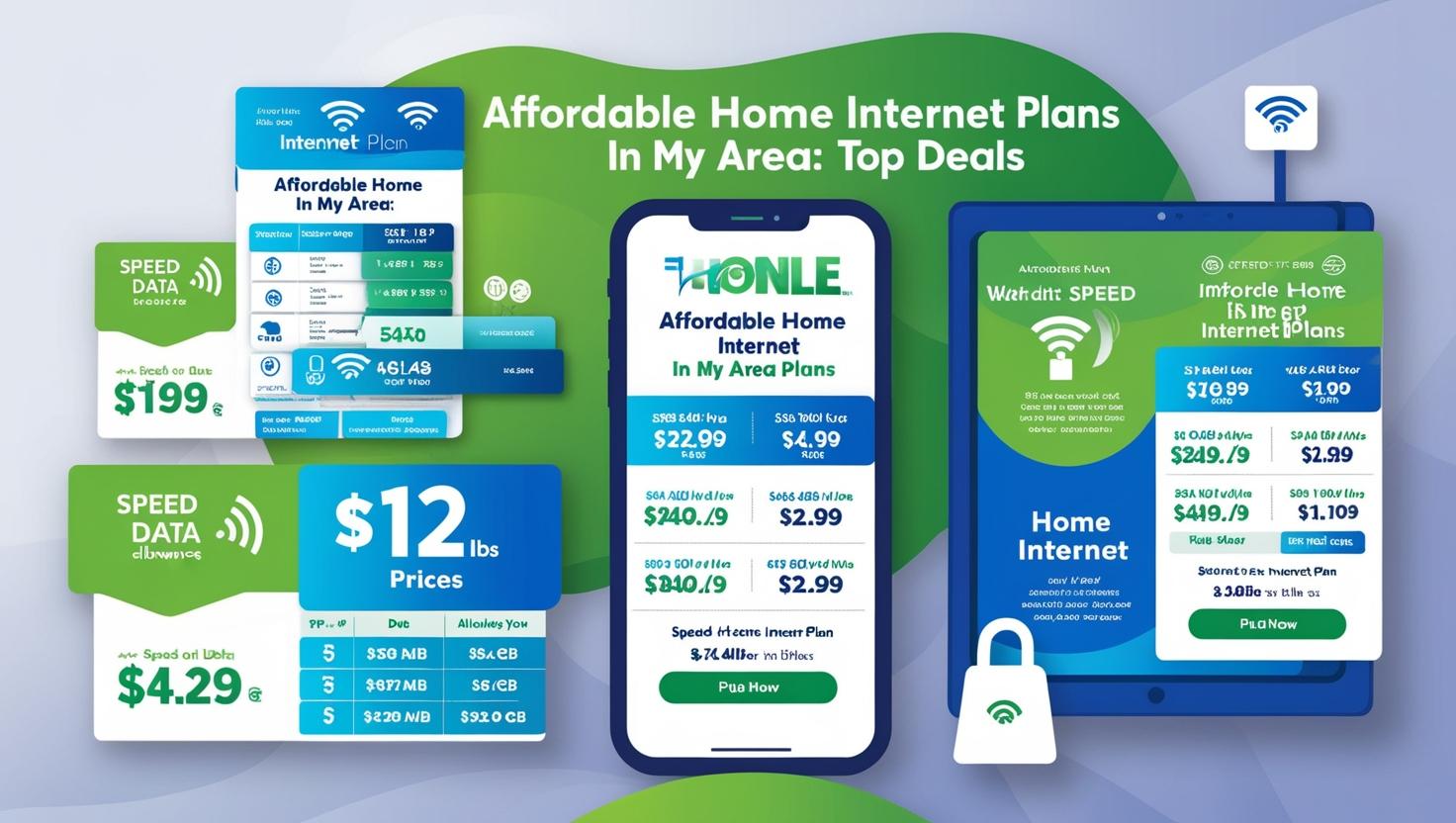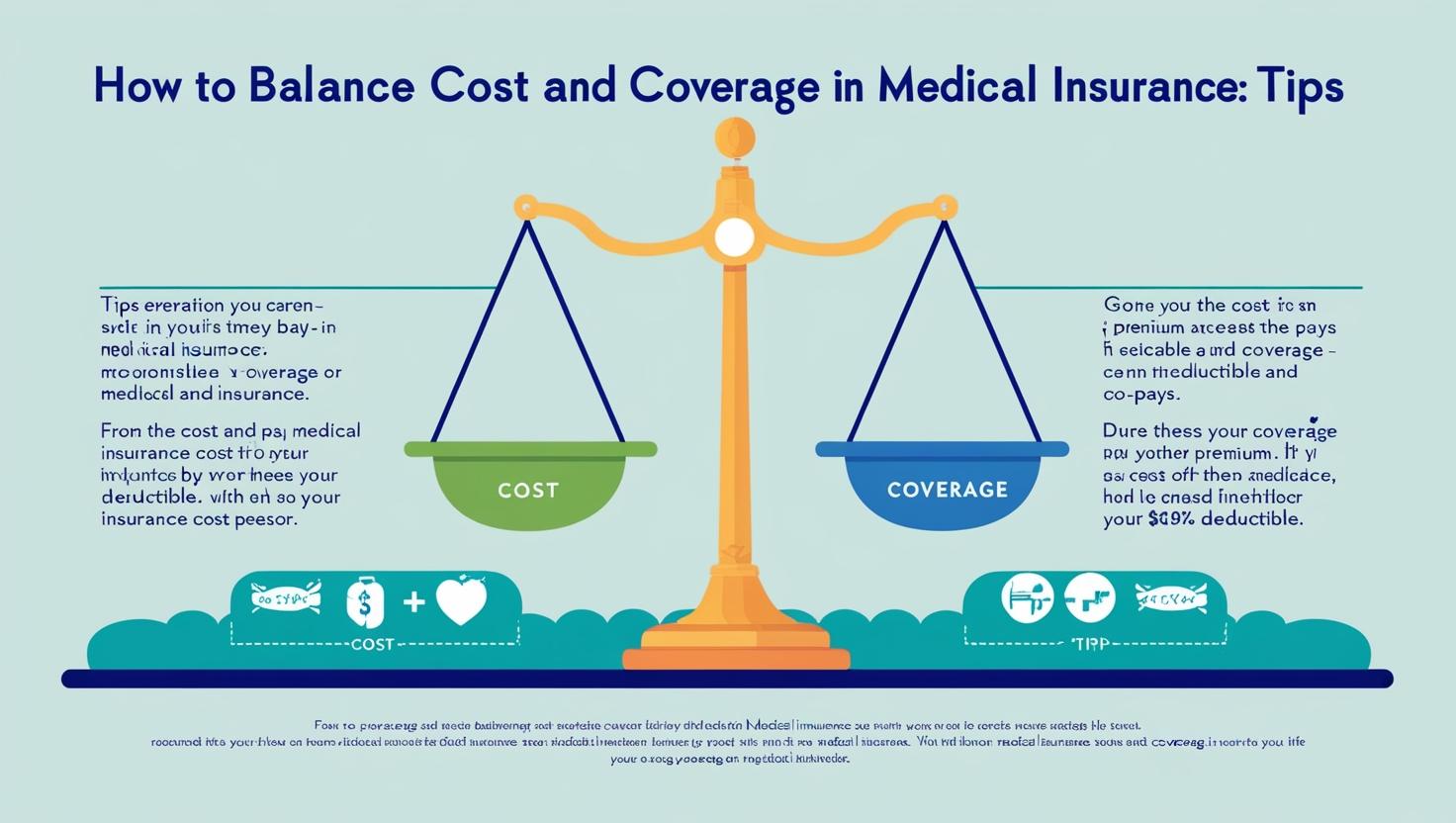TV Shopping Guide
The world of TVs is seeking superior everyday, but in addition additional confusing. Now, there is a ridiculously wide array of high-definition (HD) and 4K/Ultra HD sets in shops, from bargain large screens to high-end displays which will cost as a great deal as a auto.

Manufacturers continue to shift to the Ultra HD, or 4K, format, with 4 instances the number of pixels of an HDTV. Rates start out at about $750 to get a 50-inch set up to $1,800 for a 70-incher. Meanwhile, organic light-emitting diode (OLED) TVs (the majority of them 4K) give even richer photographs – for far more funds, obviously.
Varieties
LED TVs
LED (light-emitting diode) TVs would be the most popular Tv sort in the marketplace, delivering excellent general image excellent. LED TVs are a terrific choice for all lighting conditions, especially well-lit rooms. They often have extremely thin profiles, allowing for easy placement in any viewing space. LED TVs are actually part of the LCD Tv family, with the LEDs providing advanced edge-lighting or backlighting.
LCD TVs
LCD (liquid-crystal display) TVs provide top quality HD performance, normally at pretty affordable rates. LCD TVs produce vibrant colors and perform greatest in well-lit rooms. When not as thin as most LED models, LCD TVs still offer pretty slim profiles. Virtually all LCD TVs are backlit by CCFLs (cold cathode fluorescent lamps).
Plasma TVs

OLED TVs
OLED (organic light-emitting diode) TVs provide an extremely high degree of color accuracy, terrific contrast, wide viewing angles and a image that is virtually blur-free. Every single one particular with the millions of pixels is individually illuminated, producing true blacks and a brilliant range of colors. OLED technology also allows for extraordinarily thin screens.
Size
I recommend a size of at least 32 inches to get a bedroom Tv and at least 50 inches to get a living room or principal Tv — and 60 inches or larger is most effective. If you’re replacing an existing Tv set, those sizes could seem too significant (tube televisions had a typical maximum size of 36 inches) but trust me, a major Television is often a wonderful thing.
In fact, more than any other “feature” like 4K resolution, Smart Tv, or higher refresh rates, stepping up in Tv screen size is the very best use of your income. One particular of your most common post-TV-purchase complaints I’ve heard is from people who didn’t go significant enough.
The upper limit might be determined by your budget, taste, and by the space where you want to put the Television. If you want to fit an existing entertainment center, make sure you’ve at least an inch around the sides and top on the Television cavity to allow for ventilation. Or just junk that old furniture and get a bigger Television.
Resolution
Resolution describes the sharpness on the Television image, usually in terms of horizontal lines of pixels. A bargain HD set may support only 720p, which signifies the set displays 720 lines scanned progressively (or in a single pass). Most HDTVs now – along with the ones you should consider – support the 1080p HD format, also called Full HD, which has 1,080 lines of resolution. Even within the smallest Tv sizes, we recommend avoiding 720p models.
Television manufacturers are rapidly shifting over from HDTVs to Ultra HD sets (also called 4K). These 4K models have four times the number of pixels as current HDTV screens. The biggest benefit of 4K TVs is that small objects on the screen have additional detail, including sharper text. All round, images appear richer and extra lifelike than on an HDTV, but the benefits is often subtle.
Ultra HD video appears good, if you can find it – you can find no 4K broadcast or cable channels, and there’s only a handful of streaming options accessible so far (most notably, a handful of programs from Netflix, rentals from Amazon and specialty services such as UltraFlix; Dish Network and DirecTV are rolling out 4K download services). When Ultra HD sets can upscale existing HD content, the results could be mixed and do not look as sharp as original 4K programming.
For now, 4K TVs (with 2,160 horizontal lines, or 3840 x 2160 pixels) are best if you want to sit closer to your Tv: You can get twice as close as compared to an HDTV before you see the grid of pixels. But again, you will find very couple of movies and shows out there within the 4K format, so you will pretty much exclusively be watching upscaled HD content for some time for you to come.
With those provisos, Ultra HD Television models are supplanting conventional HDTVs. Vizio, for example, has only one HDTV line left in its new 2015 model lineup. And prices are coming down: Vizio’s 65-inch P-Series Ultra HD is just $1,800.
If you are trying to determine, just remember that full HD 1080p is still the most common screen resolution now, but 4K is a good idea if you want to futureproof your investment.
For those who have any queries about in which as well as how to make use of Cheap 3D TV, you possibly can e mail us with our webpage.





















